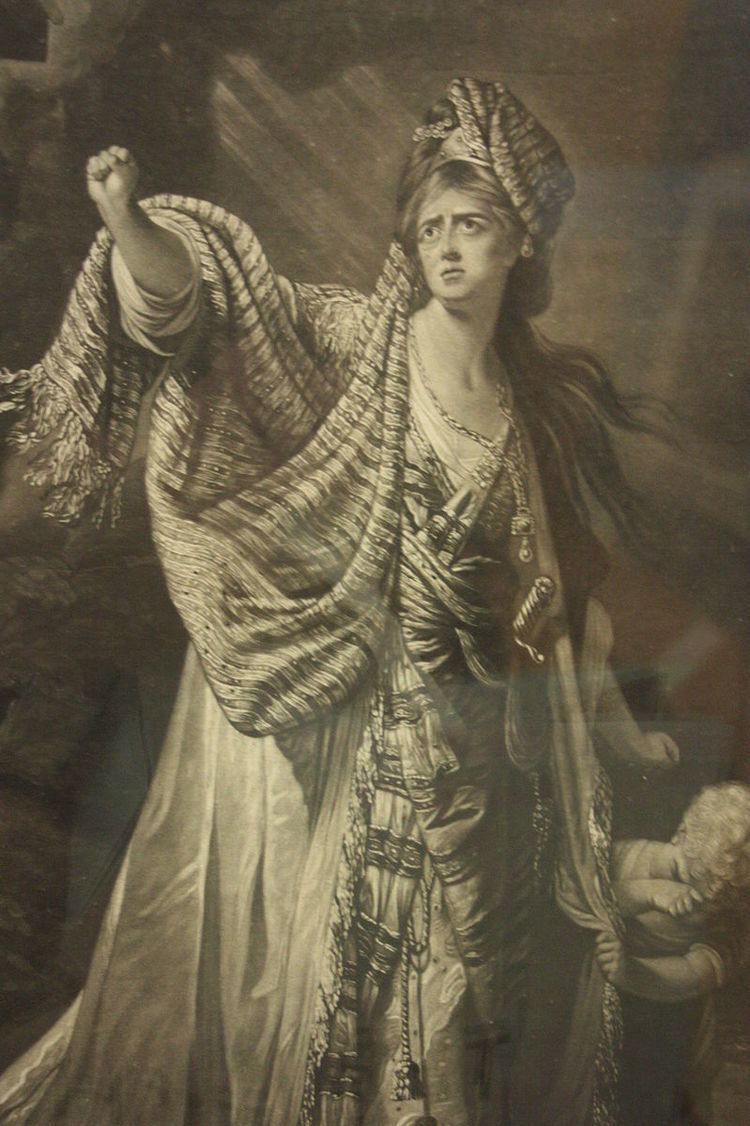Name William Dickinson Role Engraver | Died 1823 | |
 | ||
William Dickinson (1746–1823) was an English mezzotint engraver.
Contents
Life
He was born in London. Early in life he began to engrave in mezzotint, mostly caricatures and portraits after Robert Edge Pine, and in 1767 he was awarded a premium by the Society of Arts. In 1773 he commenced publishing his own works, and in 1778 went into partnership with Thomas Watson, who engraved in both stipple and mezzotint, and who died in 1781.
Dickinson appears to have been still carrying on the business of a printseller in 1791, but he later moved to Paris, where he continued to engrave, and died in the summer of 1823.
Works
John Chaloner Smith in his British Mezzotinto Portraits described 96 plates by Dickinson. His major works were portraits, in particular those after Sir Joshua Reynolds. He also engraved portraits of:
Besides these he engraved a "Holy Family", after Correggio; heads of Rubens, Helena Forman (Rubens's second wife), and Anthony van Dyck, after Rubens; "The Gardens of Carlton House, with Neapolitan Ballad-singers", after Henry William Bunbury; "The Murder of David Rizzio" and "Margaret of Anjou a Prisoner before Edward IV", after John Graham; "Lydia"," after Matthew William Peters; and "Vertumnus and Pomona" and "Madness", after Pine, some of which are in the dotted style. One of his most famous engravings was of Henry William Bunbury's A Long Minuet as Danced at Bath, which he published in 1787 and which measured around seven feet (over two metres) in length.
